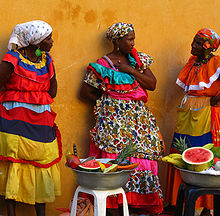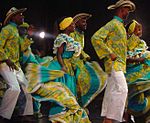BACKGROUND FOR THE
UNITY GATHERING
BACKGROUND FOR THE UNITY GATHERING:
The African Union invited the African Diaspora to join it in determining the future of the African continent. That future will include becoming the Union of African States or the United States of Africa—that is, the current 55 African countries being organized as one nation of 55 federated states. That invitation was given in 2003, almost 8 years ago. To date, no single organization, or organizations in combination, has been able to accept that definition. Part of the reason for that, in fact a very big part of why that invitation is still unheeded, is the habitual tradition of Black organizations not sticking together and not collectivizing. With approximately 15,000 African oriented organizations and groups within the broad range of the African Diaspora—approximately 300 million people scattered over 90 different countries—the AU has been reluctant to bring any of them in, since those left out would surely complain vociferously.
There were many, many meetings, and just as many resolutions and promises to get something done. They all came to naught, and the invitation just hung there, waiting.
Then, in December, 2011, Ambassador Amina S. Ali, the principal AU representative in the USA, called together a Unity Symposium in Washington, D.C. The discussions there got very serious, but no real decisions were made. Thus, elements of the USA African Diaspora contingent decided to follow-through with that gathering by calling forth a definitive group of diverse organizations to form and establish a North American African Diaspora Unity Council to directly address the AU on behalf of the African descendants in this region, and to provide a roadmap for others on Central America, South America, parts of the Caribbean, Europe, and other parts of the Diaspora to follow suit.
A call was put out publicly, through the Internet, phone, FACEBOOK, etc., for those interested in the AU-African Diaspora engagement to attend a large, decision-making gathering on January 28, 2012 at Howard University. Ten years ago, Howard University had also been the site for the first major African Diaspora meeting, including members of the AU, to discuss methods of involving the African Diaspora in the effort to establish a United States of Africa/Union of African States.
That meeting helped in convincing the AU Executive Council to recommend Article 3(q) as an amendment to the AU Constitutive Act. That amendment invited the African Diaspora to join the AU. It is therefore fitting that Howard University again be the site for the next major advancement in that 21st century Pan African process.


